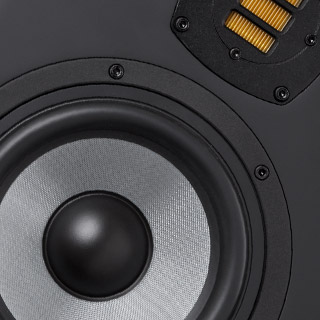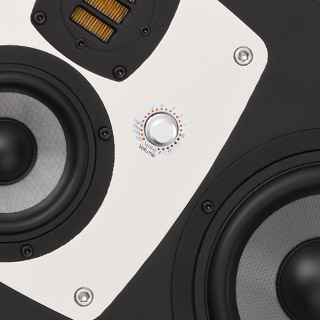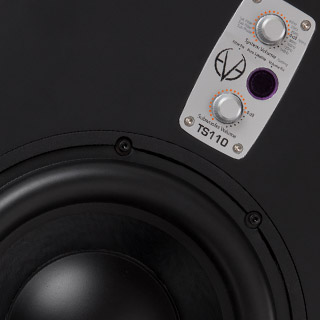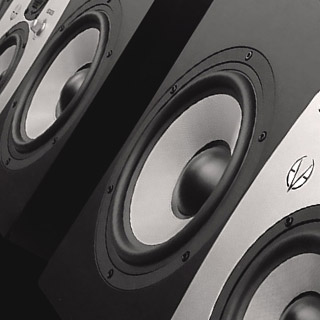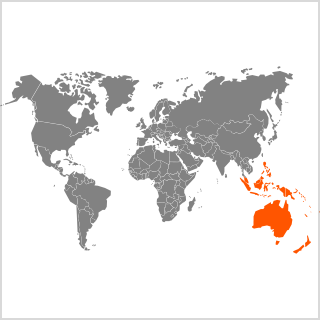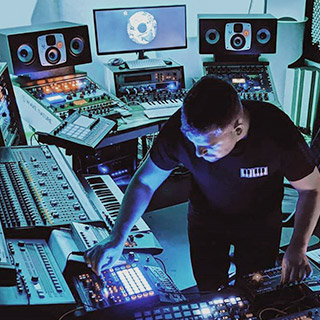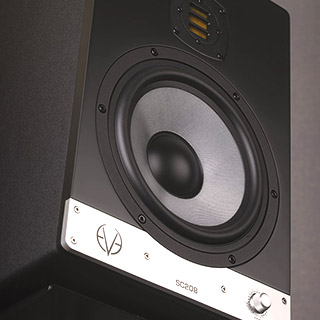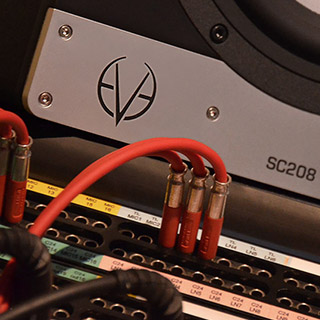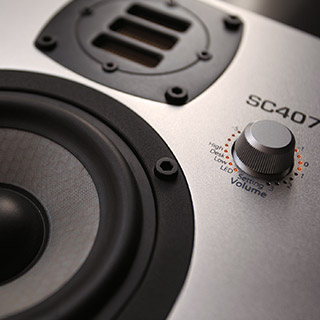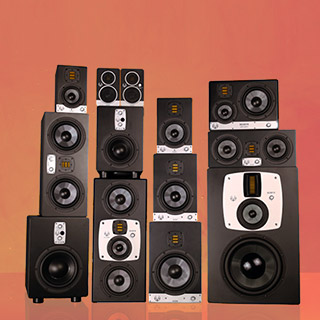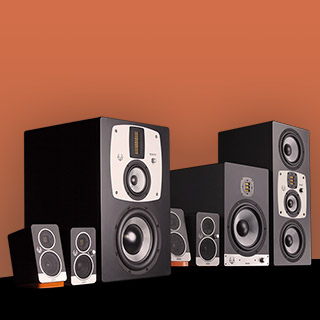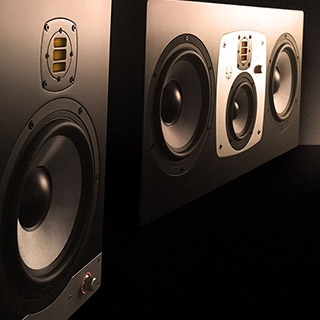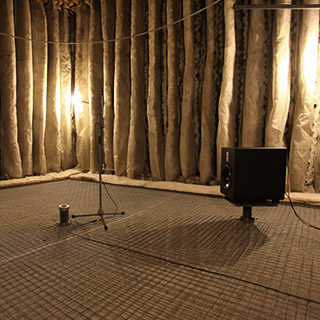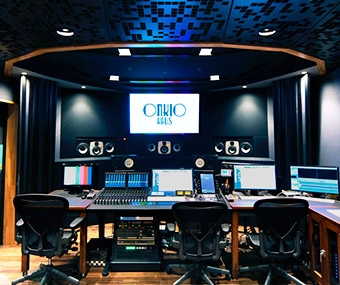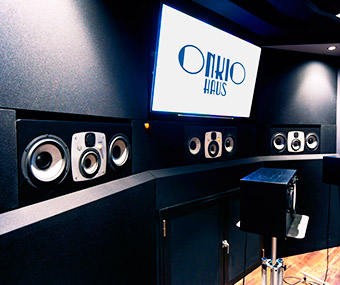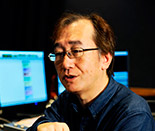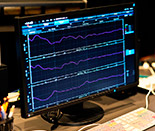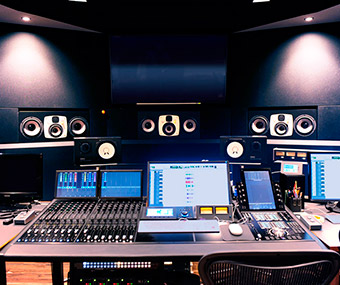
Terms & conditions
By submitting this form you agree that the information provided are exploited by EVE Audio to process your request.
Information about your personal data:
The only collected personal data is the data provided in this formular.
Your data will be directly treated by EVE Audio.
Your data will only be used to process your request.
Your data will be only accessible to the concerned EVE Audio staff members.
Your data will never be shared with any third party.
Your data will be kept during one year after your request has been processed.
In accordance with the European GDPR regulation you may exercice your right to access your personal data by requesting them . In your message you may also ask us to amend or delete your personal data.
Onkio Haus MA1 Studio, located in Ginza, Tokyo, Japan, has over 40 years of tradition in covering recording, mixing, mastering as well as post-production duties. The studio is largely renovated now and EVE Audio SC408 and SC207 monitors were installed as part of their 7.1-Ch surround system. The EVE monitors have been in full operation for TV commercial production or contents creation for various websites and sales promotion since. Onkio Haus recording engineer Mr. Hamakazu Goto told us the reasons of the first ever installation of EVE Audio monitor speakers in a studio with a 7.1-Ch surround system and the subsequent impression.
Media Integration (MI): From established to new, there are a number of powered studio monitor brands on the market. Please tell us why you and your team have chosen EVE Audio?
Hamakazu Goto (HG): We tested five to six different speaker brands. Eight of our engineers and assistants took their favourite reference CDs to listen in stereo. There was this one brand we all preferred and thought we would go for those when its availability, size and price didn't fit. Just when we needed to reconsider, a "new speaker brand" was suggested to us, which happened to be EVE Audio. We already tested various monitor brands. EVE Audio was unknown to us but we decided to give the EVE SC408 a try without expecting anything. Interesting enough, the decision was unanimous and EVE Audio the one we chose from all candidates.
This is my personal opinion, but monitors should reproduce the truth. We want monitor speakers to deliver the sound as truthful as possible without colouring, because we are not listening to "enjoy" music. It's not very nice for monitor speakers if a bad mix comes out being good.
About the EVE Audio speakers, we all liked the good balance. Not only for the ultra-low range, frequency range is very flat above 200~300Hz. Another important point was that a price-performance ratio that was excellent as well.
We considered to use a screen as a visual display depending on which speaker model we choose, but a screen needs 4K display resolution and to get it right with 100 inch it has to be projected from quite afar. If someone stands up in the room, his shadow would be casted in the screen, so we had to go for a 4K LCD monitor. That means, we had to choose speakers that have less height. Only the EVE Audio SC408s cleared all these conditions above.
"The decision was unanimous and EVE Audio the one we chose from all candidates."
Hamakazu Goto
MI: Can you describe the impression of the sound? What is your impression about the EVE Audio speakers?
HG: The sound is very well balanced even without setting them up properly. For our test, we just put the speakers on some stands we had available, without spending a lot of time for adjustments and they sounded already well balanced.
MI: The acoustic design of the studio has been done by Sona Corporation, but this studio used to be adjusted for a stereo setup, right? What was the most difficult task for you to install 7.1-Ch system?
HG: We renovated the studio on the premise that the size of the room will not be changed. The room used to house a stereo setup, so a surround system was never taken into account. This room is vertically long. I guess Sona Corporation was also worried about how to make direct surround possible in a room that is not round. The front speakers' placement was not a big issue, but a challenging subject was the placement of the rear speakers. The purpose of our latest renovation was also to solve some technical issues such as an installation of a surround system and a 4K display monitor. And another important goal was to enlarge the space for our clients. If we had put rear speakers there, the room would have been smaller and the renovation didn't make sense at all, so we installed them in the wall on a different height. One is installed to 15 degrees as ITU recommends, and one has 22 degrees.
"The sound is very well balanced even without setting them up properly."
Hamakazu Goto
MI: Do you use the Trinnov MC processor for 7.1-Ch system management?
HG: This is the control screen of the Trinnov MC. Above is the measurement of the original signal in L Ch, middle is after the adjustment, below is the filter used for adjustment. You can see the response is almost flat to a higher range even without filtering. Low range between 20~30 Hz has a peak due to the speaker placement. For a stereo setup it's not a big issue, but if combined with subwoofers, too much low end from the main channel would affect the level balance of the signal sent to the subwoofers. So we filtered and cut this range a bit. Frequency response was adjusted automatically by the Trinnov processor alone. Phase characteristic was adjusted by the Trinnov processor, using an inverse filter. Real ability of monitor speakers is also very important, but a surround system has different sound sources and it sometimes causes dips. Equalizer cannot compensate what's gone through phase cancellation. That's why you have to find a good overall balance using the acoustic treatment and the Trinnov processor.
The adjustment was measured at four spots, including for example sweet spot for the engineer and the sofa space for producers and clients. We adjusted it to get the best sound right in the middle of all the spots. It's not good if you get a great sound at only one particular spot. You do not need the processor only, but also the speakers that are able to reflect the adjustment accurately in order to make such an adjustment possible.
MI: Renovation was done in April 2015. How was the first impression from your own engineers and guest engineers?
HG: Soon after renovation we had a live album mixed at Onkio Haus and the sound engineer was impressed by the excellence of that postproduction room.
MI: What message would you give to fellow engineers worldwide?
HG: I believe the mission of studio monitor speakers is to play back the sound without colouring. Good sound should come out as being good and bad one as being bad. They are not meant for a listening pleasure, or what sounds excellent in the studio might sound a lot worse on CD. I expect EVE Audio sticks to this mission and want them to design and develop monitor speakers for professionals.
And in terms of Onkio Haus we prepare the studio in a way that we can welcome and work with overseas clients for the Tokyo Olympic Games in 2020!


